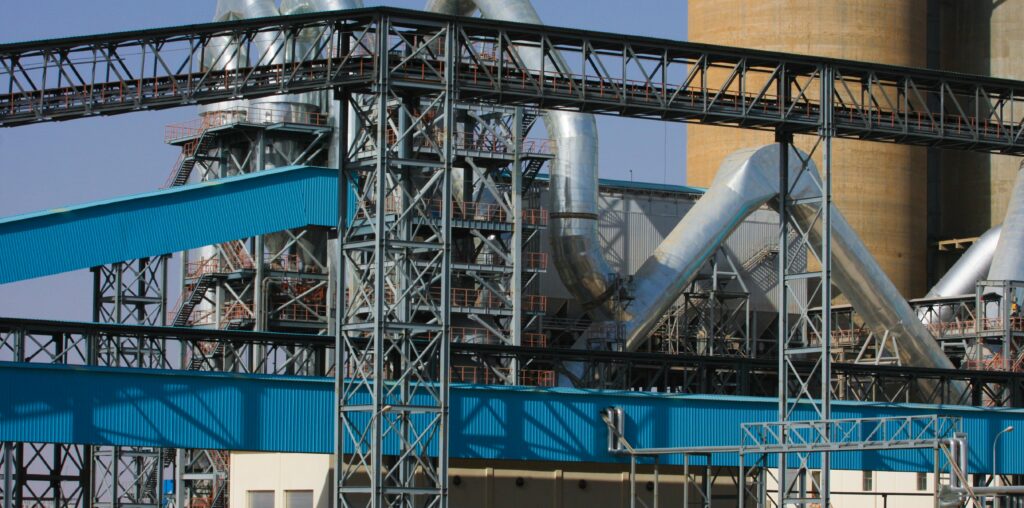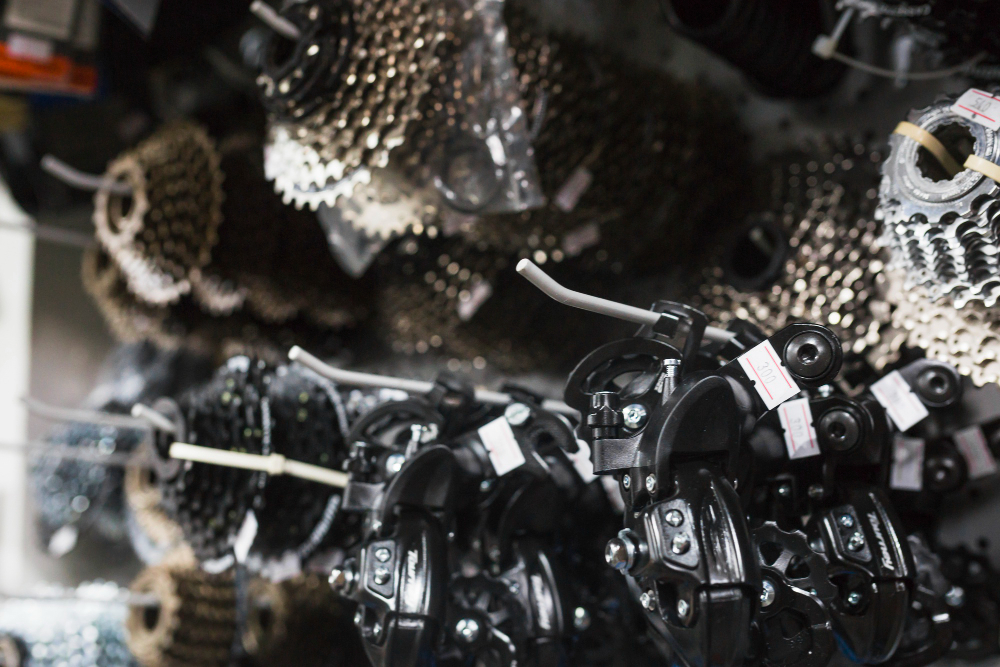Now it’s time to discuss a little-known hero: your fertilizer pump. It’s the workhorse of agriculture and industry, dutifully delivering nutrients where they are needed. But like any other heavy-duty working machine, it requires occasional tender loving care. Leave it alone, then you find yourself having to contend with clogs, breakdowns, and lots of frustration. Take care of it, and it will serve you for years without any problems.
So, how can you maintain your fertilizer pump and ensure that it works optimally in the long run? Here we are with our most serious and no-nonsense session about pump longevity mixed with a little fun.
1. The Art of Regular Inspections (AKA, How to Avoid a Nasty Surprise)
Try to imagine your pump as an old truck. Of course, you wouldn’t drive it cross-country without checking the oil, would you? Same rule applies here. Inspections are your primary prevention mechanism that can save thousands of dollars in disasters.
- Inspect for leaks—the only thing that may come out of leakage is trouble.
- Listen for weird noises. If your pump starts sounding like a dying walrus, it’s trying to tell you something.
- Watch out for excessive vibration. A little shaking is okay, but if it’s shaking like a washing machine on a spin cycle, well something must be wrong.
The goal? Make sure minor problems do not become full-blown, “Shut everything down, we’ve got a problem” scenarios.
2. Clean It Like You Mean It
As you might have guessed, fertilizer is good for crops but not for your pump if it tends to crust over in the formula. Inadequate flow can be due to a variety of reasons such as corrosion of the pipelines, blockage, and formation of deposits.
- After each use, it is recommended to clean the pump especially when you are changing the fertilizer type. Yes, it is inconvenient and impractical to do so, but so is having to change a ruined pump.
- If necessary, you may use a neutralizing solution. Fertilizers can be a whole lot of trouble starters.
- Don’t ignore those hard-to-reach spots. A neglected gasket today is a leaky nightmare tomorrow.
3. Lubrication: Your Pump’s Best Friend
Every moving part in your pump is basically begging for proper lubrication. Without it, friction and heat turn into wear and tear, and suddenly, you’re looking at a premature funeral for your pump.
- Use only manufacturer-recommended lubricants. Not all greases are created equal, and the wrong one can do more harm than good.
- Follow a schedule. A forgotten lubrication session is a missed opportunity for longevity.
- Too much is just as bad as too little. Go easy—your pump doesn’t need to be drowning in grease.
4. Respect the Limits: Monitor Pressure and Flow Rates
Your pump is strong, but it’s not invincible. Every pump has an ideal operating range, and pushing it too far is a surefire way to burn it out early.
- Keep an eye on system gauges. If your pump is straining under pressure like a coffee machine on its last legs, it’s time to dial it back.
- Avoid deadheading (running the pump with nowhere for the liquid to go). It’s basically pump torture.
- Think of it like driving a car—smooth and steady wins the race. Don’t redline it unless you want a breakdown.
5. Cheap Parts Are Expensive in the Long Run
You get what you pay for, and in the world of pumps, cheap parts = expensive regrets.
- Invest in high-quality seals, gaskets, and hoses. Inferior materials break down faster, leading to leaks, inefficiency, and headaches.
- Stick with reputable suppliers, who specialize in fertilizer pump solutions that actually last.
- If a deal seems too good to be true, it probably is. Don’t skimp on the essentials.
6. Read the Manual (Yes, Really)
We all understand that no one likes to read manuals. Anyway, let us assure you that your pump manufacturer was not sitting around one day deciding in whimsy that they should write it. It’s packed with gold, which can teach you how to avoid costly mistakes that can require expensive repairs.
- Follow the recommended maintenance schedule. It’s there for a reason.
- Stick to manufacturer-approved replacement parts. This idea of matching and non-matching might sound good in theory—until it isn’t.
- Do not settle for “the nearby sufficient.” The devil is in the details.
7. Fix Problems When They’re Small
One thing is for sure; the little problems do not go anywhere if left unattended they only increase in size and complexity. That tiny leak? It’s not staying tiny. That weird noise? It’s not a sign of good health.
- Address performance drops immediately. Sitting and doing nothing will not cause anything to get better; it will only result in higher costs of repair.
- Document maintenance and repairs. Future you will thank your present self.
- Remember that if something feels wrong, it may still be wrong and should not be dismissed as unimportant. Trust your gut and investigate.
Conclusion: Love Your Pump, and It’ll Love You Back
Fertilizer pumps are no different; an efficient one will do its job until you either neglect it or overwork it. If a small inconvenience is left unattended, you will find yourself sinking into problems way before you know it.
If you follow these guidelines, you can prevent pump failure, make less frequent trips to the parts store, and save yourself a lot of time and money. A small investment of labor today will cost less than a breakdown tomorrow. And who doesn’t want that?



